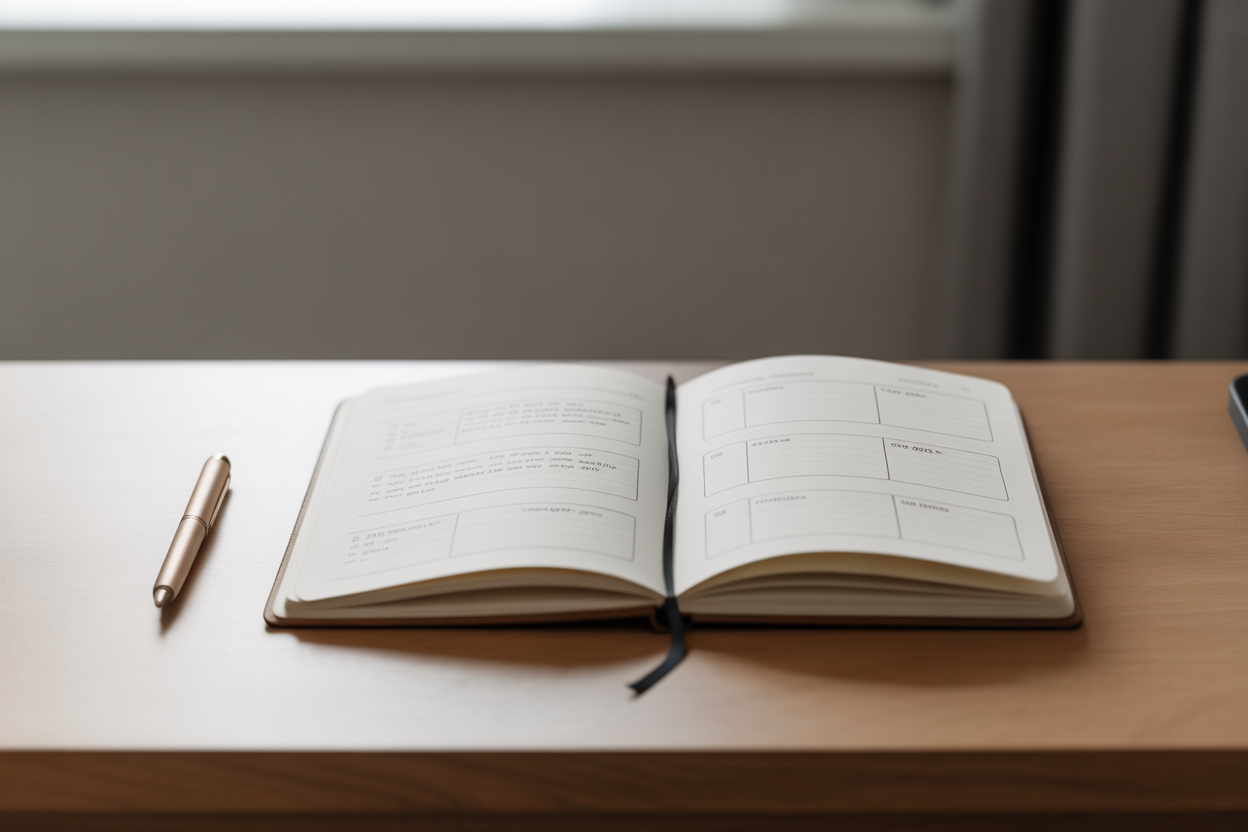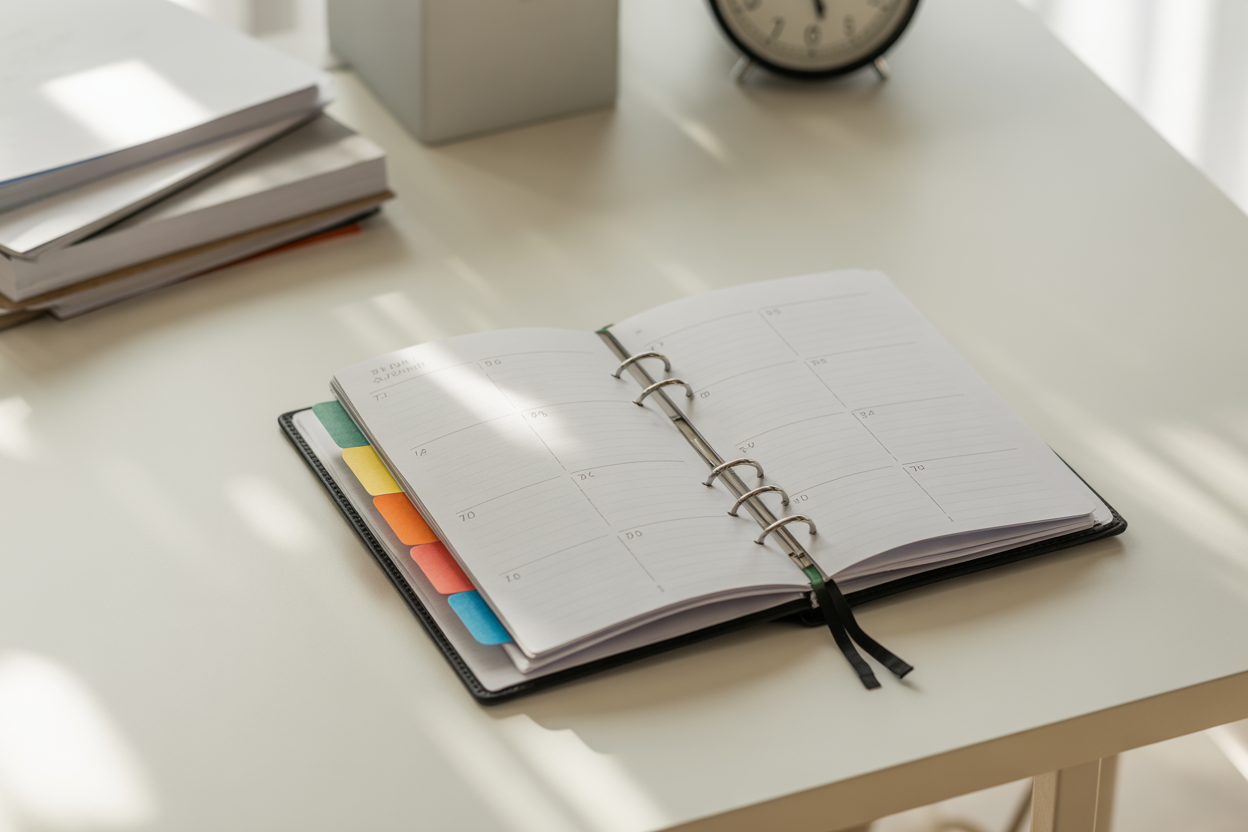
Introduction to Effective Time Management
Time management is a vital skill that influences productivity and personal satisfaction. The ability to control how one spends their hours shapes outcomes in both professional and personal realms. Developing effective time management habits leads to better focus, reduced stress, and increased accomplishment throughout the day.
Adopting practical tools and techniques can simplify this process. By tracking, planning, and organizing time efficiently, individuals can enhance their daily routines and achieve set goals more consistently. Although multiple approaches exist, some tools stand out for their simplicity and effectiveness in supporting time management.
Benefits of Using Time Management Tools
Using time management tools provides clarity and structure. They help individuals understand where their time goes, making it easier to adjust priorities and eliminate time drains. Tools can assist in breaking down complex projects into manageable parts and tracking progress against deadlines.
Time management aids reduce the mental load of remembering every task and commitment. They improve accountability by providing visual reminders and records of activities. With these advantages, users can attain a balanced workflow, accommodating both responsibilities and leisure.
Understanding the Time Monitor Journal
One essential tool is the Time Monitor Journal, designed to record daily use of time. It offers insight into how minutes and hours are allocated across tasks, revealing patterns that might otherwise go unnoticed. The journal can uncover pockets of wasted time or habits disrupting productivity.
This journal is available in both digital and traditional formats. Users can either maintain a handwritten log or utilize apps and software tailored for this purpose. The choice depends on personal preference and circumstances, though ready-made versions save the effort of creating a template.
A Time Monitor Journal encourages reflection on time management behaviors. Reviewing entries highlights where adjustments can make a significant difference, enabling more conscious scheduling and focused effort. This resource supports continuous improvement by providing a concrete basis for change.
Choosing Between Digital and Traditional Journals
The decision to use a digital or traditional journal hinges on convenience, accessibility, and style. Traditional journals provide a tactile experience that some find calming and engaging. The act of physically writing can reinforce memory and commitment.
Digital journals offer flexibility and can be accessed from various devices, often syncing data automatically. They may include features such as reminders, analytics, and easy editing. For users frequently on the go or who appreciate technology integration, digital journals may be more suitable.
Both formats have pros and cons. Paper journals require no batteries or software updates but lack instant backup or search functions. Digital versions can sometimes distract with notifications or technical issues but offer enhanced functionality. Selecting the right format aligns with individual workflow and lifestyle preferences.
How to Use a Time Monitor Journal to Identify Time Wasters
To utilize the Time Monitor Journal effectively, begin by recording every activity and the time spent throughout the day. Be honest and detailed about each task, including breaks and idle moments. This level of transparency helps to truly understand time distribution.
After tracking for several days, analyze the journal entries to identify activities that consume excessive time without sufficient benefit. Look for recurring interruptions, prolonged social media use, or unnecessary meetings. Recognizing these time wasters is the first step towards eliminating or reducing them.
Next, develop strategies to address these issues. This might involve setting strict limits on certain habits, reorganizing tasks for efficiency, or prioritizing critical activities. The journal serves as both a diagnostic tool and a motivator by showing real-time progress.
The Role of Planners in Organizing Daily Activities
Planners are indispensable for arranging daily schedules and maintaining focus on objectives. They provide a dedicated space for listing appointments, deadlines, and goals, helping to prevent oversights. With a planner, users can visualize how their day is structured and allocate time accordingly.
Besides scheduling, planners assist in breaking long-term goals into smaller, actionable steps. They can include sections for notes, to-do lists, and reflections, enriching the planning process. Regular use of planners also supports time blocking, where time slots are reserved for specific tasks, boosting concentration.
Having a planner encourages proactive time management rather than reactive responses to demands. When activities are mapped out clearly, it becomes easier to set boundaries and avoid overcommitment.
Key Features to Look for When Selecting a Planner
Choosing the appropriate planner depends on personal needs and work style. Important features to consider include space for writing, layout design, and customization options. A planner should accommodate daily entries while leaving room for notes or priority markings.
Check if monthly and weekly overview pages are included. These help to maintain a broader perspective on schedules and deadlines. Further, look for planners that offer sections dedicated to goal tracking or habit monitoring, if those aspects align with your objectives.
Durability is another consideration. A sturdy cover and quality paper can extend the planner’s usability throughout the year. Additionally, planners that lie flat when open or include elastic closures add convenience in everyday handling.
Balancing Size and Functionality for Portability
Planners come in a variety of sizes, each with trade-offs between portability and writing space. A large planner provides ample room for detailed entries but might be cumbersome to carry. Conversely, a compact planner fits easily into bags or pockets but may limit how much can be recorded.
Finding a balance between size and function depends on whether mobility or comprehensive documentation is prioritized. Those frequently moving between locations might prefer smaller planners, while individuals with desk-based routines may opt for larger editions.
Consider also the planner’s weight and design features such as pen holders or pockets for inserts. These additions enhance usability without significant bulk. Ultimately, the ideal planner complements the user’s lifestyle and promotes consistent usage.
Organizers for Managing Projects Efficiently
Project organizers provide structure for overseeing tasks, deadlines, and resources related to specific endeavors. They enable breaking down complex projects into manageable parts and tracking progress across different stages. This type of tool is invaluable for maintaining clarity when juggling multiple responsibilities.
Organizers can include charts, timelines, and to-do lists focused on project milestones. Some offer collaboration features if digital, supporting team communication and shared accountability. Whether in digital or physical form, project organizers help prevent missed deadlines and duplication of effort.
Using an organizer often leads to improved time allocation, as it highlights critical paths and potential bottlenecks. It transforms what might be an overwhelming process into a sequence of achievable steps.
Comparing Digital and Traditional Organizers
Traditional project organizers might involve binders, printed templates, or wall charts. They are tangible and easy to refer to without technological barriers. Many people find this approach promotes a focused mindset without screen distractions.
Digital organizers offer dynamic updating, alerts, and integration with other software tools. They can store vast amounts of information accessible from multiple devices, suitable for detailed and multifaceted projects. Features like drag-and-drop task management and deadline reminders streamline workflow significantly.
Each format suits different working conditions; traditional methods favor simplicity and physical interaction, while digital systems support complex project tracking and teamwork. Some individuals use a combination to capitalize on the strengths of both.
Tips for Staying on Top of Multiple Projects

When managing several projects simultaneously, organization and prioritization become paramount. Begin by outlining objectives and deadlines for each project clearly. Keeping distinct records prevents confusion and overlapping commitments.
Set daily or weekly goals aligned with each project to maintain steady progress. Avoid multitasking; instead, dedicate focused time blocks to individual tasks to maximize efficiency. Regularly reviewing project statuses helps anticipate challenges early.
Using color coding or tags in planners and organizers can visually separate projects, making navigation easier. Additionally, periodic breaks enhance mental clarity, preventing burnout during intense periods.
Communication is key in collaborative efforts involving multiple projects. Keeping all stakeholders informed through shared plans and updates fosters coordination and reduces misunderstandings.
Conclusion and Practical Steps to Start Using Time Management Tools
Implementing time management tools begins with choosing those that fit your preferences and needs. Start simple by recording your day with a Time Monitor Journal to identify where improvements can be made. Consistent tracking builds awareness, empowering informed adjustments.
Incorporate a planner to schedule tasks, appointments, and goals, ensuring daily structure and ongoing momentum. Selecting a planner that balances size and usability encourages regular engagement with your plans.
For complex endeavors, employ project organizers to map out tasks and monitor progress systematically. Combining these tools supports comprehensive management of your time and responsibilities.
Begin by dedicating a few minutes each day to update your chosen tools. Review your entries regularly, focusing on eliminating low-value activities and prioritizing essential tasks. Over time, these habits cultivate discipline and control over your time, leading to greater productivity and satisfaction.